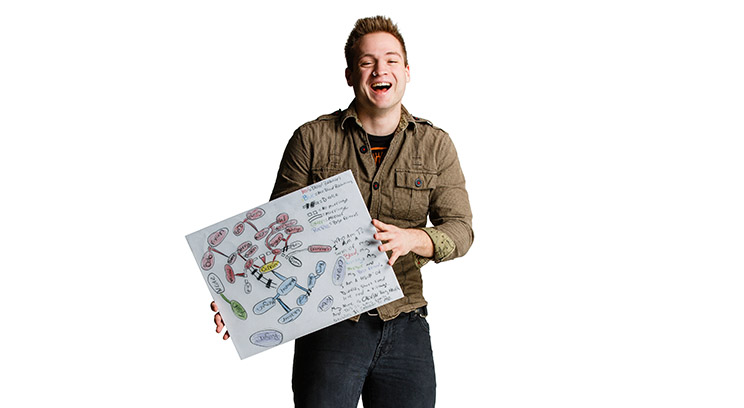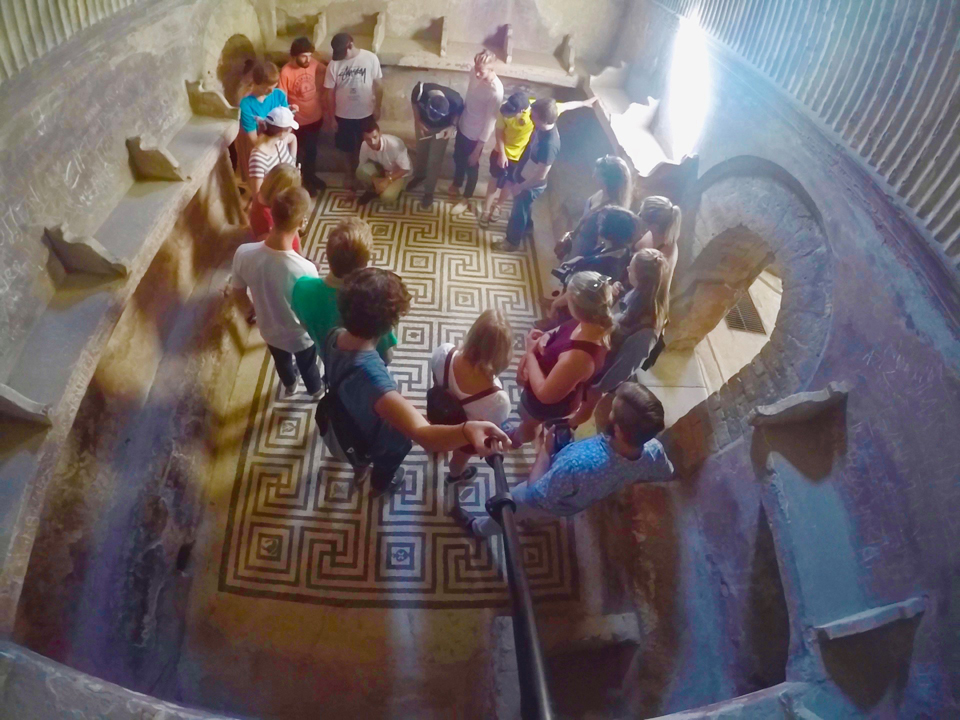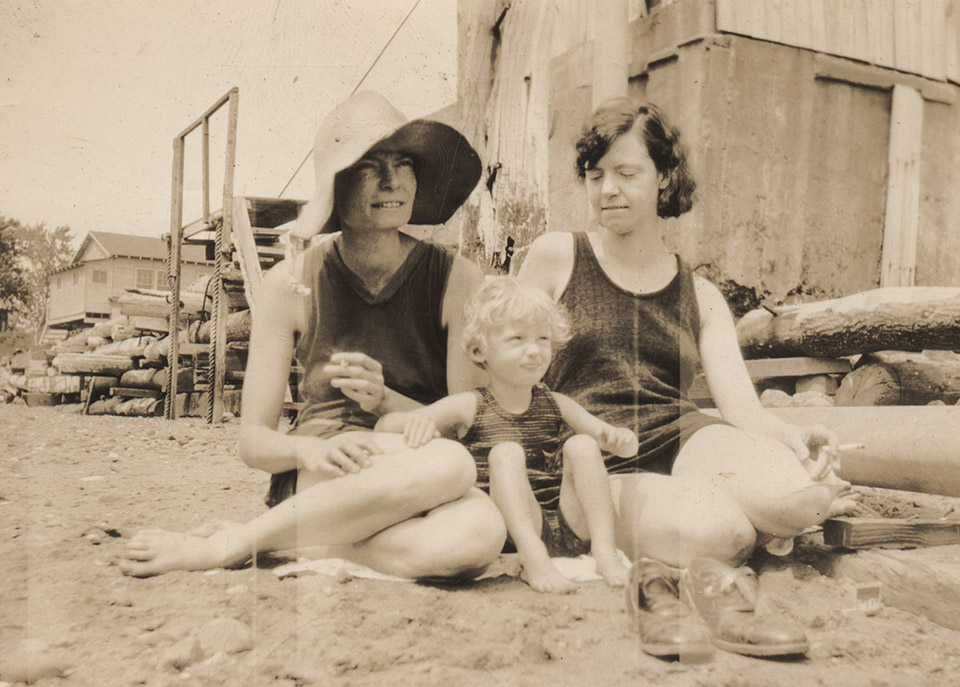I’m not the person my students think I am. You see, I teach courses in applied statistics, and when students see the Ph.D. that follows my name, they assume that I am a socially awkward, humorless statistician or mathematician who will emphasize theorems and proofs over practical applications of the material. While I can’t contradict the assumption of social awkwardness, I have two confessions to make: 1) I am a former allied health professional, and 2) I don’t consider my courses to be “math” courses; instead, they are courses in quantitative literacy. I emphasize real-world applications (over theorems and proofs) to facilitate hands-on engagement in the research process, problem solving and decision making. In our data-driven world, few skills are more important than quantitative literacy. I know this firsthand, as a health professional who was caught off guard by lack of quantitative literacy.
Let me explain.
In my first profession, I was an occupational therapist (OT). OTs are allied health professionals who collaborate with doctors, nurses, social workers and other therapists to treat people who are injured, ill or have disabilities. As an OT, I worked in both inpatient and outpatient settings with patients recovering from significant physical events such as stroke, heart attack, amputation or joint replacement, as well as cognitive and psychological disorders such as dementia, schizophrenia or bipolar disorder.
My OT education focused on identifying and developing plans for effectively treating physical and psychological disorders. I took courses in anatomy, physiology, physical injuries and disabilities, neuroscience and psychosocial disorders. I learned to identify and treat myriad conditions in infants, children, adolescents, adults and seniors. Through several internships, I tried out my textbook and classroom learning on real patients under the supervision of experienced therapists.
My education wasn’t solely patient and treatment focused. Research articles robust with statistical analyses and interpretations were threaded throughout my classwork, and I completed one course in applied statistics and one course in health science research methods; nevertheless, while I read about health science research methods and statistical analysis as an undergraduate, I engaged in very little of it! Perhaps as a result, I graduated with an OT degree under the impression that these components of my education were simply boxes to be checked before graduation rather than critical skills for effective practice as an OT.
Not long after graduation, I began working for the Minnesota Department of Public Health. I became involved in a state-funded grant intended to reduce high-risk behavior (e.g., alcohol and drug use, suicide and sexual promiscuity) by adolescents. Over a three-year period, our team established baselines of high-risk behavior, formed appropriate community- and school-based intervention, and continued to collect and analyze data that examined the impact of our efforts; importantly, the results of our efforts were reported to state officials and agencies, as well as the community we served.
My ability to contribute to the data collection, analysis and interpretation was limited. Although I had completed required statistics and research courses as an undergraduate, my actual abilities to engage in the research process were modest. It became clear to me that the quantitative classes I had taken were not simply boxes to be checked prior to graduation. Developing the ability to use statistical concepts in professional practice was important not just in theory, but in practice. Until I developed these skills, my ability to make a difference in the lives of others through my professional OT practice was restricted.
As such, I began my second career in applied statistics and research methodology. In my Biostatistics course at UST, I strive
to help undergraduates entering fields such as biology, medicine, ecology and psychology engage fully in the research process. My students and I don’t simply read about research or solve equations. We formulate important questions, develop testable hypotheses, design appropriate data collection procedures, use appropriate statistical tools and learn to communicate results to different audiences.
I help students develop quantitative literacy so that, regardless of their chosen fields, they will be prepared to use data and statistical concepts and tools to make a difference in the world around them.
Each semester I begin my biostatistics class by disabusing students of their misperceptions. Most importantly, I tell them, “No, this is not a math class. It is a class in data-driven problem solving and decision making ... and whether you realize it now or not, it will be one of the most important classes you will ever take.”
Read more from CAS Spotlight.




